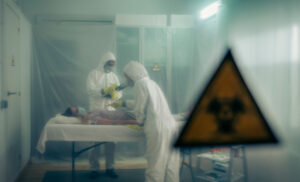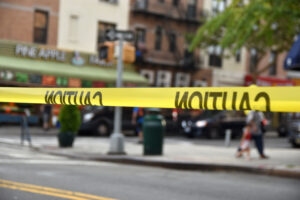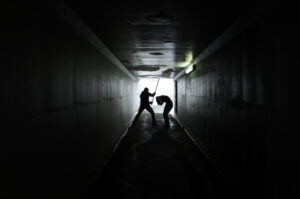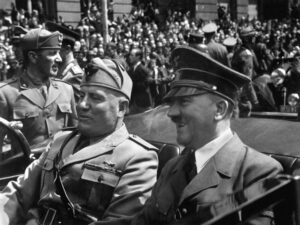September 1 was the first, day of school in the sleepy North Ossetian town of Beslan, when parents, teachers and children celebrate The Day of Knowledge’ by wearing their best clothes and school uniforms. Instead of a party with music and dancing, they stepped into a brutal nightmare. Clubbed and beaten into the school gym by Chechen militants, more than 1,200 civilians found themselves at the mercy of gun-toting fanatics prepared to abuse, torture, maim and kill them in pursuit of concessions from the Russian government, their ‘oppressors’. In the convoluted morality that guided competing territorial claims in the Caucasus (Russia, Chechnya, Ingushetia and North Ossetia could not even agree a rationale for their bitter confrontations), the hostages were to be expendable human pawns.
The screams and chaos that accompanied the initial shooting quickly settled into the groans of the wounded and whimpering of children denied water, food and the lavatory. The toxic sweat of fear mingled with vomit and rotting corpses. The militants had moved swiftly to wire the school with explosives, and several were living grenades – suicide bombers anxious to make their mark with the world looking on and Russian Special Forces among the thousands of surrounding troops. Handfuls of hostages escaped, but catastrophe was inevitable.
After 51 hours, Russian assault troops rushed the school using tanks, rocket-propelled grenades, flame throwers, helicopter gunships and anti-personnel high explosives. As whole sections of wall collapsed on some of the hostages, bombs were triggered, and the school erupted. Explosions continued throughout a 12-hour gunfight, in which hostages were shot indiscriminately by their ‘rescuers’. With no fire crews and few ambulances to help, bystanders braved the inferno to get some of the hundreds of injured hostages to safety in private cars; 334 of their friends, neighbors and children were already dead.
When: September 1-3 1994
Where: Beslan, North Ossetia
Death toll: At least 334 died, including 186 children. Most of the militants were also killed, and it’s not clear if they or the many injured who died in hospital are included in that total (because the Russian government conducted at least one mass burial of more than 125 people). Many other hostages ‘survived’ but remain too traumatized to resume their former lives, and several have committed suicide.
You should know: The Beslan massacre was a manufactured crisis intended to aggravate the great powers rather than to achieve a local objective. Behind every sobbing Beslan mother is the cynical and underhand power politics of governments.






















